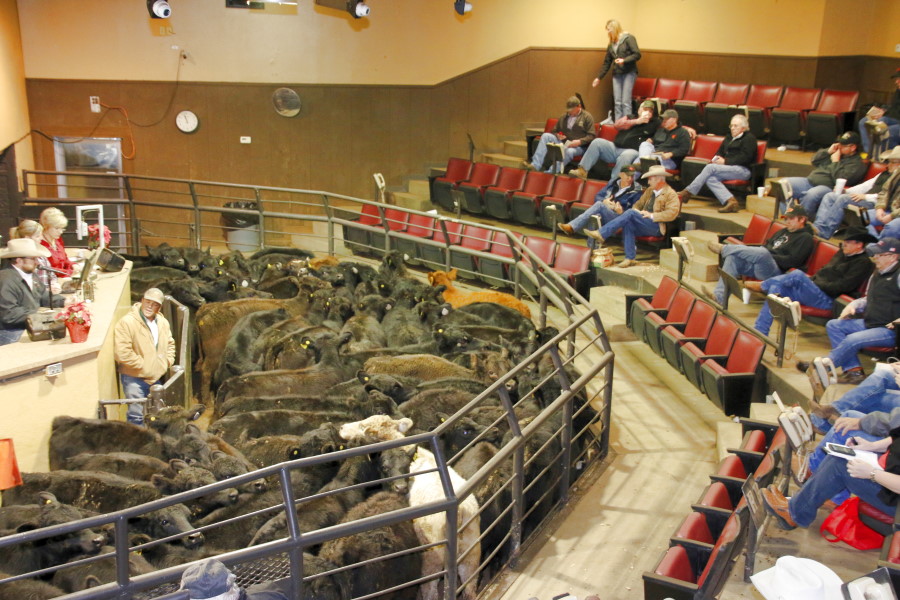Mondays, Dr. Derrell Peel, Oklahoma State University Extension Livestock Marketing Specialist, offers his economic analysis of the beef cattle industry. This analysis is a part of the weekly series known as the "Cow Calf Corner" published electronically by Dr. Peel and Dr. Glenn Selk. Today, Dr. Peel looks at where the cattle market has landed as we approach the final trading days of 2015- and what may happen to the market in 2016:

"The contrast between the beginning and end of 2015 is stark. It has been a year of transition as the markets turned the corner from a long run of up-trending prices to the reality that growing cattle inventories and increasing beef production imply lower prices in the future. The idea that things will change is not a surprise but how that change will happen is most always impossible to predict. Cattle and beef market fundamentals have not changed nearly as dramatically as the recent volatility and freefalling prices would suggest; but the process of changing market psychology from bullish to bearish is emotional, often overly-dramatic and usually painful. The second half of 2015 has been agonizing and frustrating for nearly everyone involved and the contrast between the annual averages and the end-of-year conditions are marked. Cattle prices at the end of the year are sharply lower, although 2015 will have the highest average annual prices ever. Beef production in 2015 will be down another 2-2.5 percent year over year, but production in the fourth quarter will be up an estimated 1.5-2.0 percent year over year. The annual comparisons of 2015 and 2016 will show sharp differences; with average cattle prices lower and beef production increasing year over year. However, most of the adjustments are already in place at the end of 2015 and current conditions provide the starting point for 2016.
"Cattle and beef market fundamentals will continue to evolve as anticipated in 2016. Herd expansion will continue, perhaps more modestly than in 2015, and the larger 2016 calf crop will contribute to significantly higher feeder cattle supplies by the end of the year; with bigger implications for beef production in 2017. Carcass weights will continue higher, given continued cheap feed costs, but some of the incentive to overfeed cattle should be moderated with the realignment in feeder and fed cattle prices. 2016 beef production will increase year over year based on higher carcass weights and increased cattle slaughter. Feeder cattle supplies in 2016 will increase year over year but will be moderated by continued heifer retention and a likely moderation in feeder cattle imports from Mexico (already dropping in late 2015) and continued small imports of Canadian feeder cattle.
"After jumping sharply higher in 2015, pork production is expected to increase only slightly in 2016 and, with improved pork exports, domestic pork consumption is likely to be slightly lower year over year in 2016. Broiler production will likely increase at a much slower pace in 2016 and, with export markets recovering from avian influenza restrictions, domestic broiler consumption is expected to be only slightly higher in 2016. Most of the projected increase in 2016 beef production will be offset by lower beef imports and stable, if not slightly higher beef exports; leading to only a small increase in domestic beef consumption. In total, 2016 red meat and poultry consumption is expected to be close to 2015 levels, perhaps up fractionally.
Click here to see more...